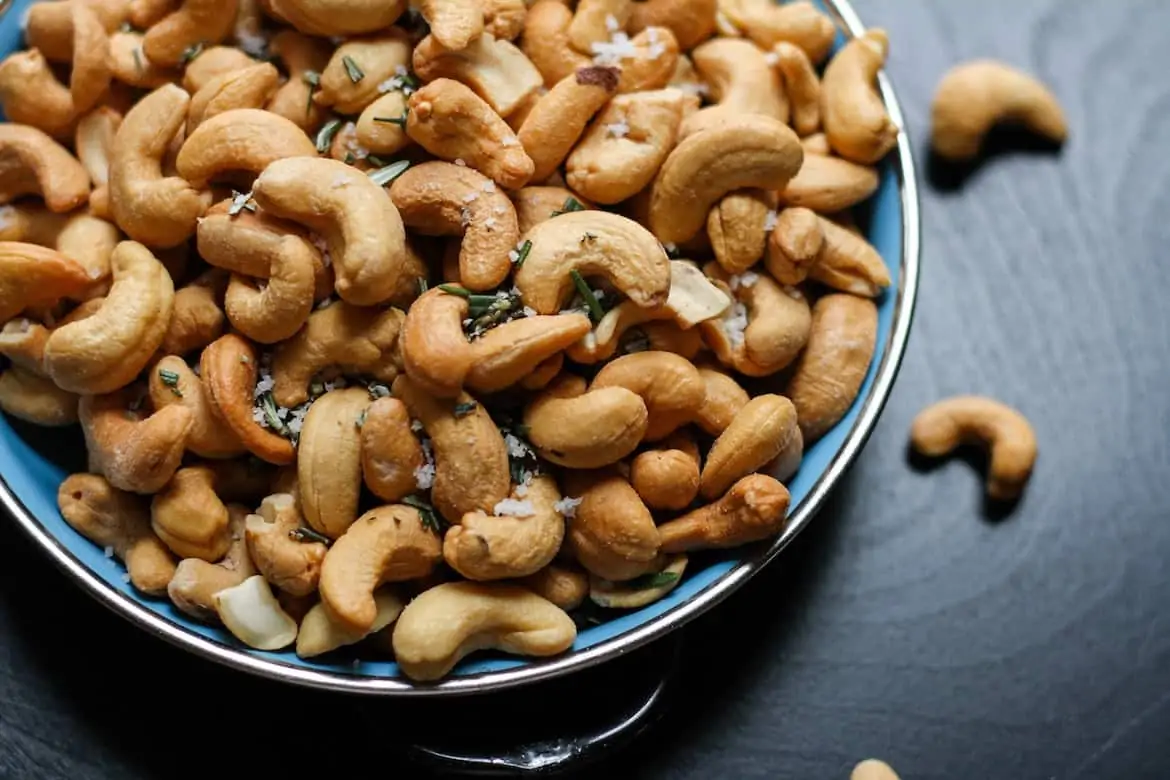Passion fruits are known for their sweet taste and refreshing flavor, but there are a lot of passion fruit benefits too. T
hey contain high levels of vitamin C, potassium, fiber, antioxidants, and other nutrients. These tropical fruits are native to South America and Mexico.
Before we get into the amazing nutritional and health benefits of eating passion fruit, lets discuss a little bit about what it is.
What is Passion Fruit or Lilikoi?
Passion fruit is one of the exotic tropical fruit native to Brazil and Argentine. The story behind choosing the name “Passion Fruit” is quite fascinating.
The passion fruit grows on the plant with beautiful flowers with white and purple petals and green middle.
The passion plant had been around for centuries, but when the Spanish missionaries set foot in Brazil, they could not stop noticing it.
The missionaires had a habit of relating the gifts of mother nature with their religion, they named the flower “Flor de las Cinco lagas“, which means “flower of five wounds”.

It also reminded them of the crucifixion of Christ or the Passion of Christ, thus the fruit from the flower gained the name passion fruit.
It is one of the most popular tropical fruits in the world.
Passion fruit has been cultivated in many tropical and sub-tropical countries. The yellow variety grow in Hawaii and the locals call it “Lilikoi”.
What does passion fruit taste like?
Texture-wise, passion fruit has a jelly-like pulp with seeds in the middle of a shell that comes in different textures and colors.
Passion fruits are the most delicious of all tropical fruits. It tastes sweet (but not too sweet) and has an intense aromatic flavor that is unforgettable.
We grow passion fruit in our back yard (yes, they grow like weeds in Southern California, plant zone 10b!).

My favorite thing to do in the summer is make this Passion Fruit Cocktail (both with and without alcohol).
Passion Fruit Health Benefits
Vitamin C
The rich source of ascorbic acid in the fresh passion fruit helps boost your immune system by preventing infections from forming.
It is a powerful antioxidant that protects cells against damage caused by free radicals which can lead to cancer.
In addition to its anti-cancer properties, it has been found to help prevent heart disease, diabetes, arthritis, colds, flu, ulcers, and more.
One cup of passion fruit contains about 75 mg of this nutrient.
Potassium
A medium sized piece of passion fruit will provide you with around 400mg of potassium – an important mineral used to regulate blood pressure.
Fiber
This healthful element provides bulkiness to your diet while keeping you feeling full longer.
About 7 grams of dietary fiber come from one medium size piece of passion fruit.
Try adding some into smoothies, salads, oatmeal, soups, pasta dishes, baked goods, etc., along with whole grains like brown rice or quinoa to get all the goodness without added fat!
Antioxidants
This delicious snack packs four times the amount of vitamins C and E than oranges do.
High amounts of these antioxidants have been shown to protect our bodies from cell degeneration due to radiation exposure, aging, smoking, stress, pollution, sunlight, viruses, bacteria, and chemicals.

Studies suggest that vitamin C may help reduce risk factors associated with breast cancer including inflammation and DNA damage.
Another study suggested that men who consumed greater quantities of vitamin C had lower risks of developing prostate cancers.
Lignans
A type of phytoestrogen lignan compound that occurs naturally in plants that are part of the legume family.
Some studies show that consuming foods containing higher concentrations of plant estrogens reduces risk of hormone-related diseases such as ovarian cancer.
Researchers believe that consumption of foods rich in lignans could be beneficial to menopausal symptoms such as hot flashes because it acts similarly to estrogen.
Calcium
Many people don’t realize how much calcium passes through us every single day. Most of it gets eliminated when we pee out what we’ve just eaten.
However, some of it remains in the bones where it contributes towards building strong teeth and healthy joints.
Passion fruits contain close to 100% DV of calcium.
Although most adults need between 1,000 – 1,200 milligrams of calcium each day, those over 50 require even more.
Women face special challenges during pregnancy, breastfeeding, and postpartum periods. During these stages, they must increase calcium intake significantly to ensure proper bone growth of babies and toddlers. For pregnant and nursing moms, calcium requirements double.
The Recommended Dietary Allowances for adult males is 700 mg/day and for females 875 mg/day.
For children ages 9 years and older, RDA’s range from 420 mg/day to 600 mg/day depending upon age, gender and physical activity level.
In addition to all of the above, passion fruit also are a decent source of iron, magnesium and zinc.
Iron
This trace element plays a key role in transporting oxygen around the body via blood cells called erythrocytes.
Iron deficiency results in anemia and reduced performance during exercise.
Foods rich in iron include shellfish such as shrimp, lobster, crab, clams, mussels, salmon, tuna, turkey, steak, pork chops, baked ham, veal, lamb, venison and wild game like elk, bison, antelope, boar, rabbit, quail, ostrich, emu and duck.

Other good sources include leafy green vegetables like spinach, lentils, chickpeas, pinto beans, mung beans, barley, oats, brown rice, oatmeal, peas, broccoli, cauliflower, strawberries, raspberries, blueberries, oranges and prunes.
The RDA ranges from 18 – 30 mg/day depending upon age and gender. Women who become pregnant will increase their iron needs by 60%.
Pregnant women should consider taking up to 100 mcg of supplemental iron at first trimester pregnancy checkups.
Magnesium
Important cofactor in hundreds of enzymes responsible for cellular processes like DNA replication and enzyme activation.
Good magnesium source foods include leafy greens, oats, bananas, avocados, broccoli, brown rice, dried figs, dates, milk, spinach, tofu, peanut butter, molasses and blackstrap molasses, pumpkin seed oil, quinoa and green tea.

According to some researchers, low magnesium intake could increase risk of type 2 diabetes by up to 50%.
Inadequate amounts may also contribute to cardiovascular problems such as atherosclerosis.
Zinc
Found in every cell of our bodies zinc serves many functions including helping produce hormones, strengthening bones, fighting infection, regulating immune response and preserving skin integrity.
It works closely with copper which facilitates its uptake into tissues.
Foods rich in dietary zinc include oysters, lean pork, sardines, lamb, beans, fortified cereals, lentils, chickpeas, peanuts cashews and pecans.

Most Americans do not meet their needs for zinc. Women require more than men because of hormonal changes during pregnancy and nursing periods.
The Institute of Medicine recommends 15 mg a day for pregnant women and up to 30 mg for breastfeeding mothers.
Too little zinc leads to poor wound healing, increased infections, loss of appetite and weight gain while high intakes can result in diarrhea, nausea, vomiting and stomach pain.
Some studies indicate that taking supplemental zinc appears to be beneficial for treating chronic obstructive pulmonary disorder.
However, there have only been very few well controlled clinical trials conducted thus far to determine whether supplementation improves lung function in COPD patients who already show signs of impairment; further research is therefore warranted.